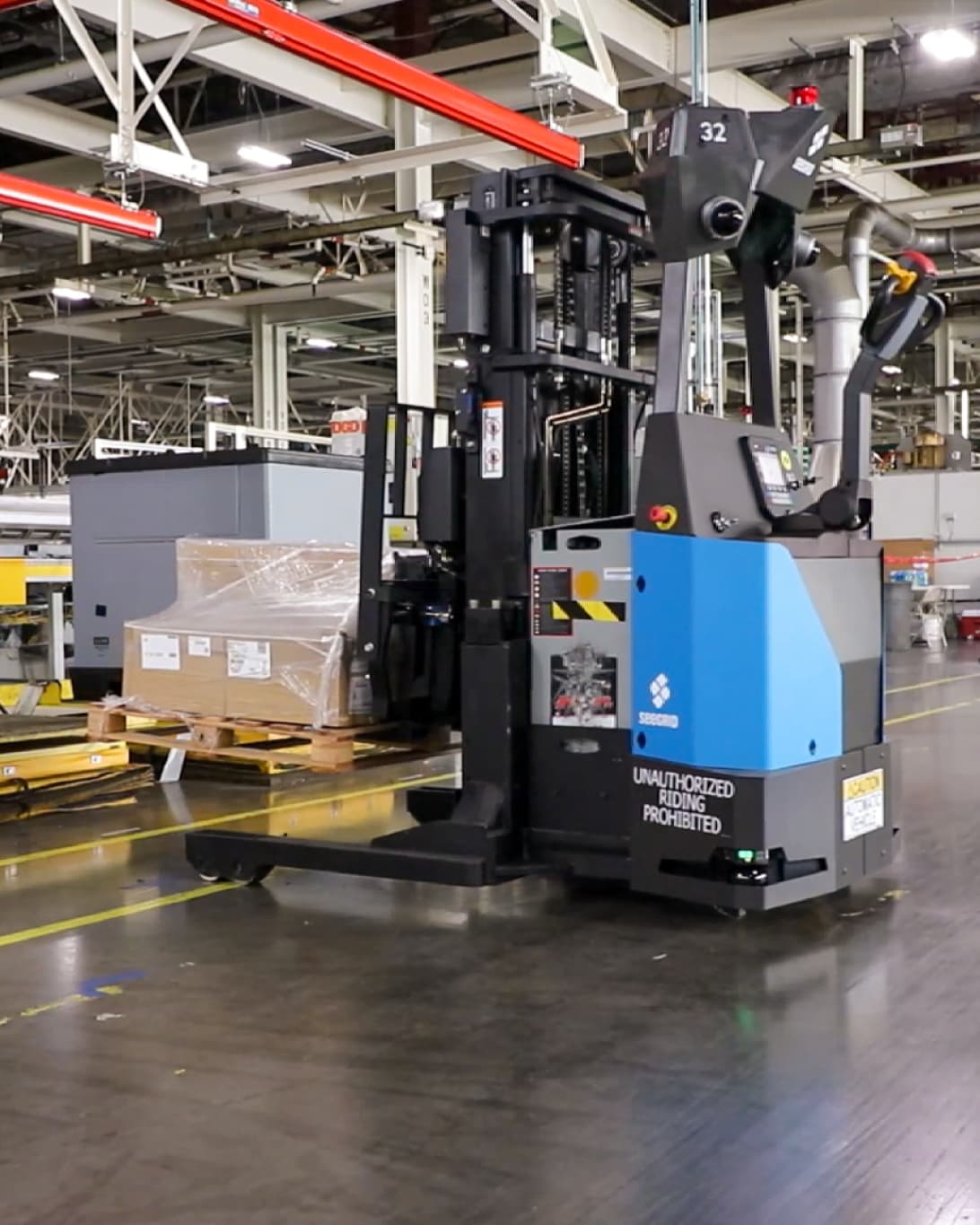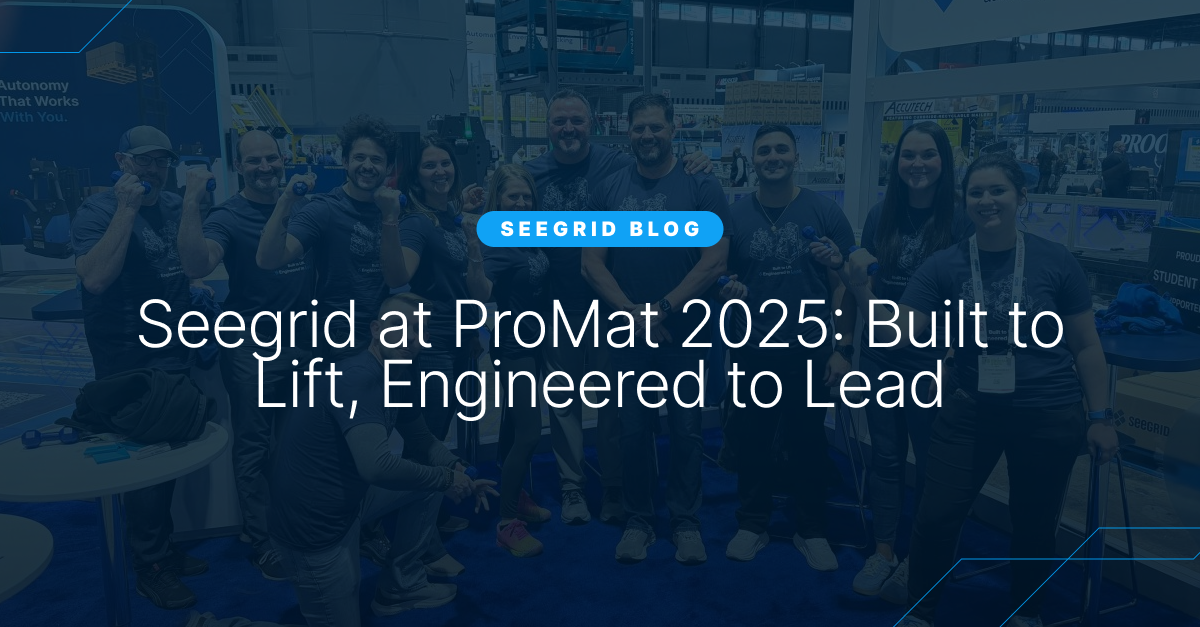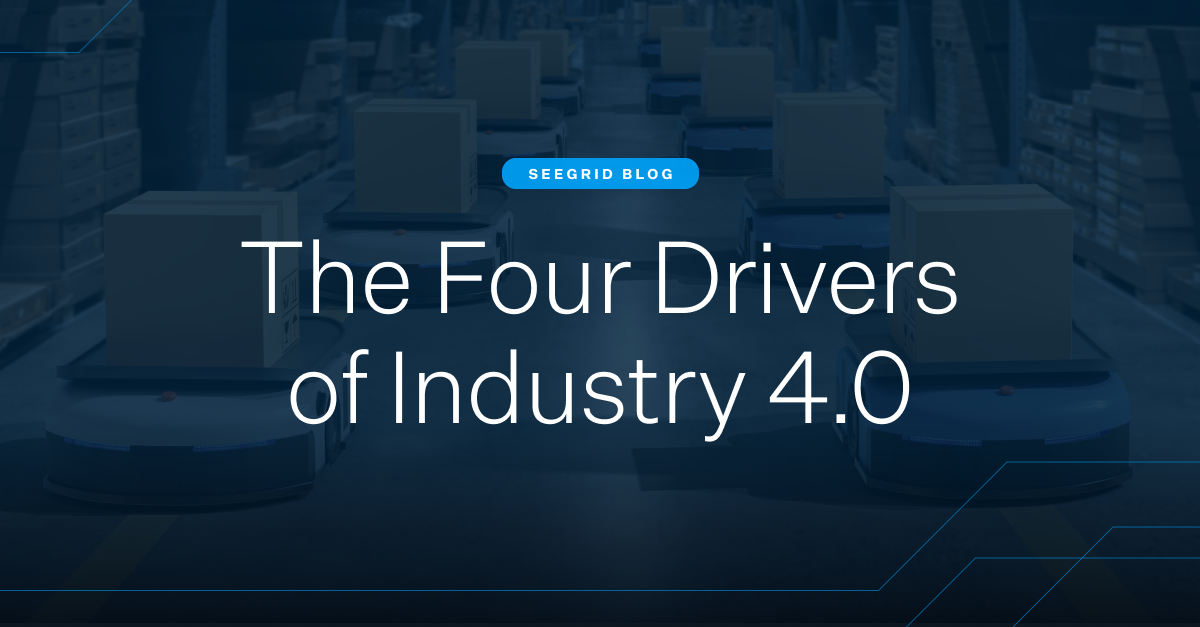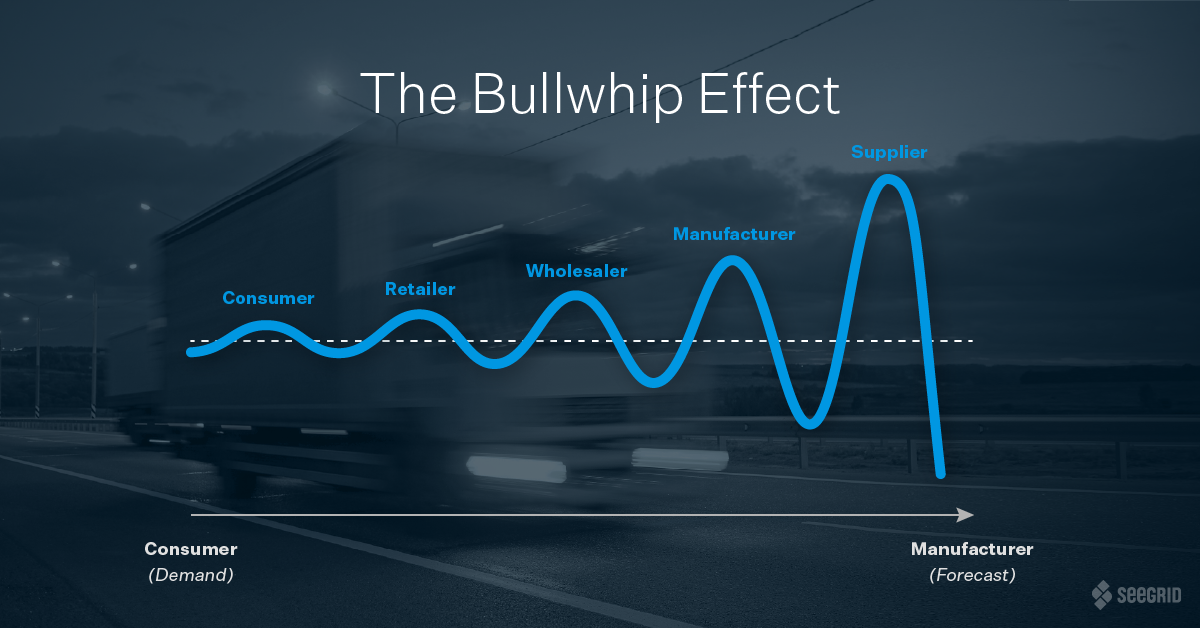Bringing It All Together at ProMat 2025
ProMat 2025 was an incredible opportunity for Seegrid to showcase how our pioneering autonomous solutions are transforming material handling operations for modern industrial facilities. From live demos that highlighted real-world workflows and payloads, to expert discussions on deployment best practices and industry trends, it’s clear that Seegrid’s technology is built to lift, engineered to lead—and will continue to drive real operational success for manufacturing and warehousing customers across the nation.
More than just a trade show, ProMat is a chance for us to connect with industry leaders, answer tough questions, and demonstrate why Seegrid’s approach to autonomy is the most reliable and effective choice for facilities looking for trusted autonomous solutions—that work.
Built to Lift
A direct reflection of how our autonomous mobile robots (AMRs) operate in actual customer environments, this demo was designed to mirror real-world applications while highlighting exceptional reliability and payload versatility.
Key features of Seegrid’s 2025 demo:
- Full fleet of AMRs, including the Lift RS1, CR1, and Tow Tractor
- A 15-foot production cell, which included multiple pick and drop heights
- Real-world manufacturing payloads
- Building and depleting lanes
- PLC-controlled traffic lights and an AMR call button
- Shared spacing capabilities with multiple AMRs
Check out a glimpse of our demo in action:
Interested in seeing how Seegrid AMRs can work with your payloads and workflows? Schedule a demo with our team today.

Engineered to Lead
A key differentiator that truly sets Seegrid apart is its unmatched versatility, handling a broader range of payloads than any other solution on the market. A common misconception is that all pallets are the same. But in reality, the vast majority of “pallets” are not standard pallets at all, and are in fact custom loads—many of which share only one characteristic with a standard pallet: fork pockets.
At Seegrid, we use the term Forkables—any pallet or payload designed to be handled by a fork truck. With some facilities managing hundreds of unique load types, our pioneering pallet detection and manipulation technology is built for real-world complexity.
We’ve put together a video showcasing our lift trucks in action, picking and placing a diverse range of payloads—check it out!
Industry Leadership: Insights from the Stage
Beyond live demonstrations, we shared our extensive experience and knowledge in two key speaking sessions, providing practical guidance for successful autonomous deployments and insights on industry trends and where the market is going.
Mastering AMR Deployments: Best Practices & Key Capabilities
CSO David Griffin and CTO Tom Panzarella led a deep dive into the realities of AMR implementations and deployments, drawing from decades of hands-on experience and industry success.
The biggest takeaway? Automation must become the way of doing things, not merely an option. Autonomous success requires commitment to the journey—when it’s treated as a choice, it’s destined to fail. Starting with selecting the right application—one that drives meaningful change and ensures full adoption before scaling—and each step thereafter, from site readiness and workflow alignment to API/PLC integration and employee training, should support this goal.
Crucially, facilities should resist the temptation to start with the most complex application that makes up a mere 10-20% of their workflows. Instead, the focus should be on selecting the 80-90% of applications that have a higher probability of autonomous success that will lay the groundwork for sustainable automation growth. With the right foundation in place, facilities can confidently scale their autonomy, leveraging data-driven insights and fleet optimization to continuously refine and expand their automation strategy.
CTO Tom Panzarella takes a deep dive on Fleet Management during Seegrid's speaking session

MAG Panel: Demystifying Mobile Automation
Griffin also joined industry leaders from MHI’s Mobile Automation Group (MAG) to tackle persistent myths surrounding mobile automation. The discussion echoed the idea that selecting the right application for automation is far more critical than simply chasing the highest ROI or the most complex workflows. Success isn’t just about financial returns—but more so an overarching goal to set facilities up for long-term sustainability by strategically integrating AMRs where they can drive reliable, scalable growth that meets their individual business cases.
The panel addressed the evolving role of AI in mobile automation, noting that while AI is often used as a buzzword, its practical impact on material handling automation remains limited. Additionally, the panel took a deep dive on interoperability standards, reinforcing the value of these standards but encouraging caution to allow manufacturers to keep their unique value propositions and avoid homogenization.
CSO David Griffin joined industry leaders to discuss myths, challenges, and trends in mobile automation

Looking Ahead: The Future of Automation
As adoption continues to accelerate, facilities continue to navigate a complex landscape of challenges and opportunities for mobile automation and AMRs, specifically. From facility constraints and workforce dynamics, to the ongoing need for seamless integration and financial justification, modern industrial facilities are seeking reliable autonomous solutions that deliver ROI and drive long-term operational success. The path forward isn’t just about adopting new technology, but about securing organization-wide buy-in so that automation becomes fundamental to processes. In the end, we feel technology is only 20% of the equation for success; the other 80% comes from facility teams adapting their processes, behaviors, and mindset to make automation the standard.
We gathered the top automation challenges from ProMat attendees, here’s what they had to say:

Looking back at the conversations from ProMat 2025, one thing is certain: the future of automation belongs to those who adopt and prioritize practical, results-driven solutions backed by proven technology. Reliability, flexibility, and real-world application are key to making automation not just an efficiency tool, but a lasting competitive advantage.
Let’s build on this momentum—true innovation extends far beyond the trade show floor.






